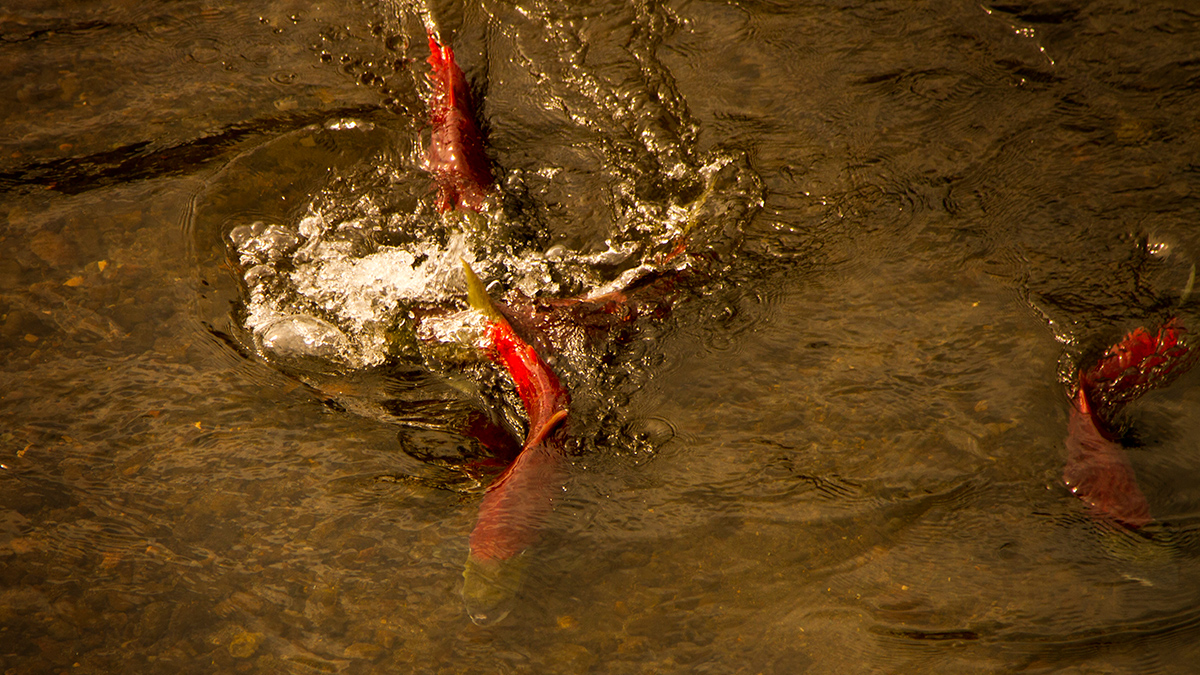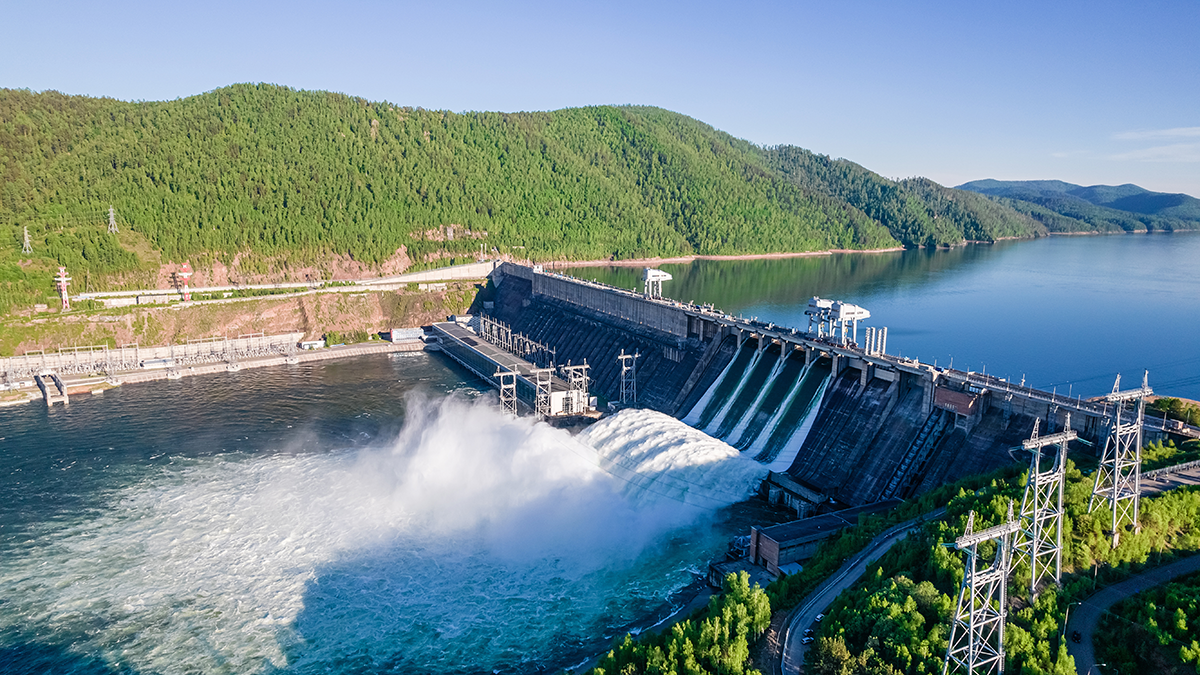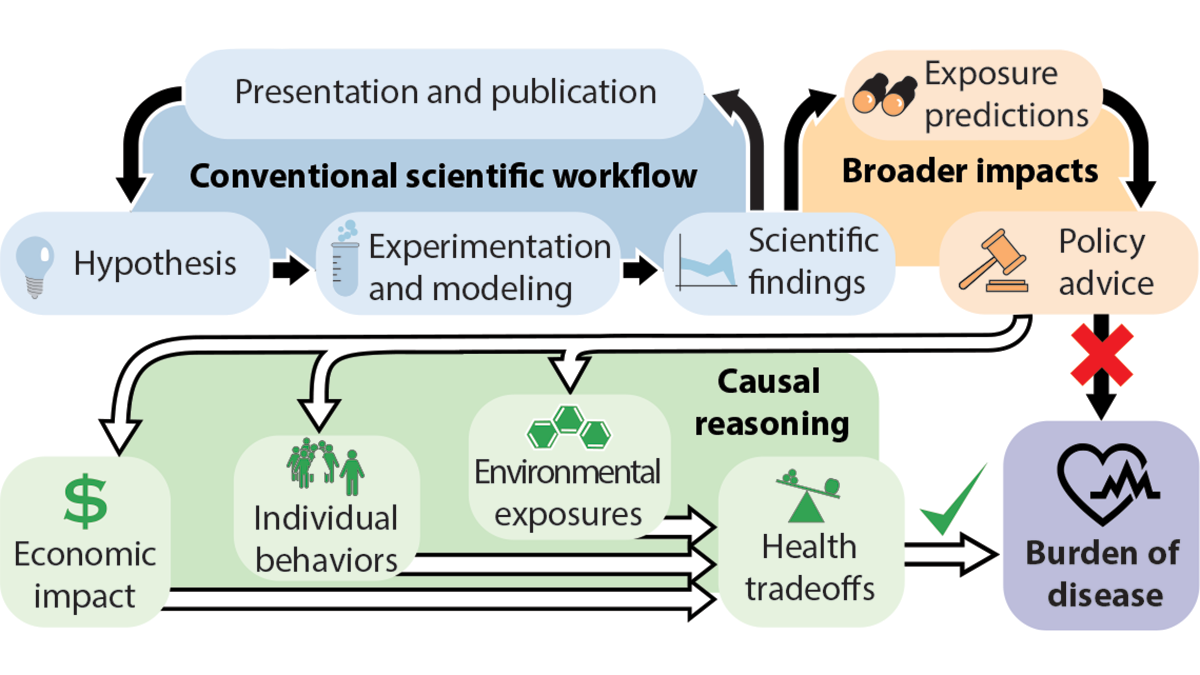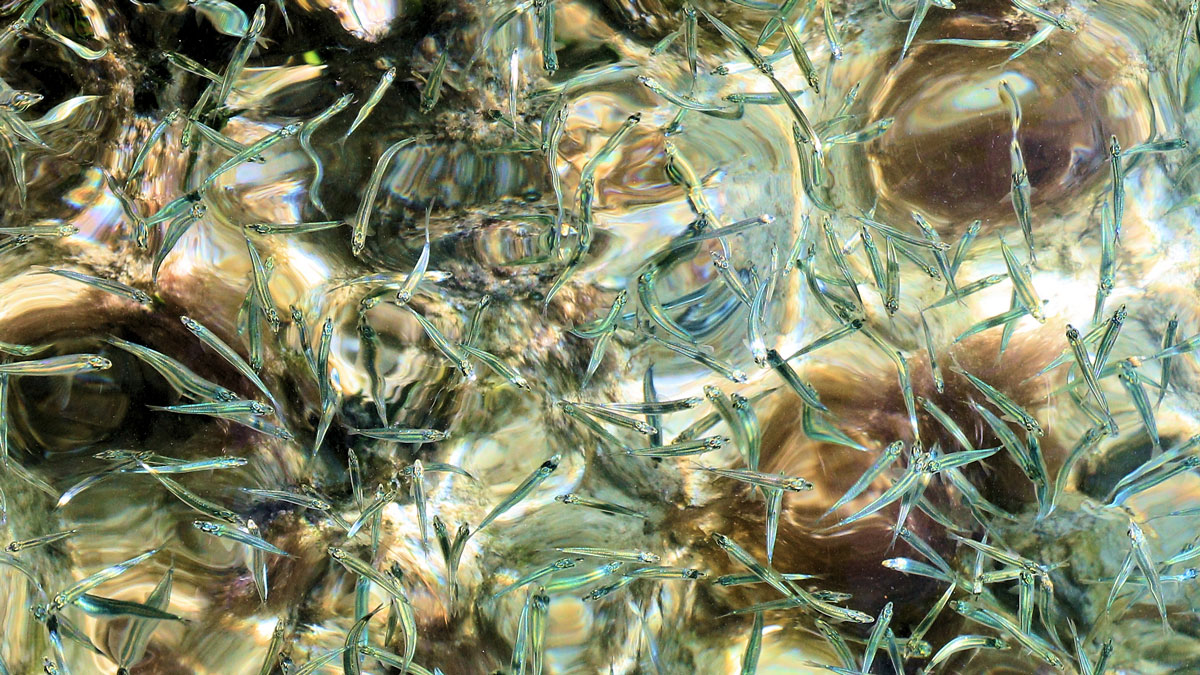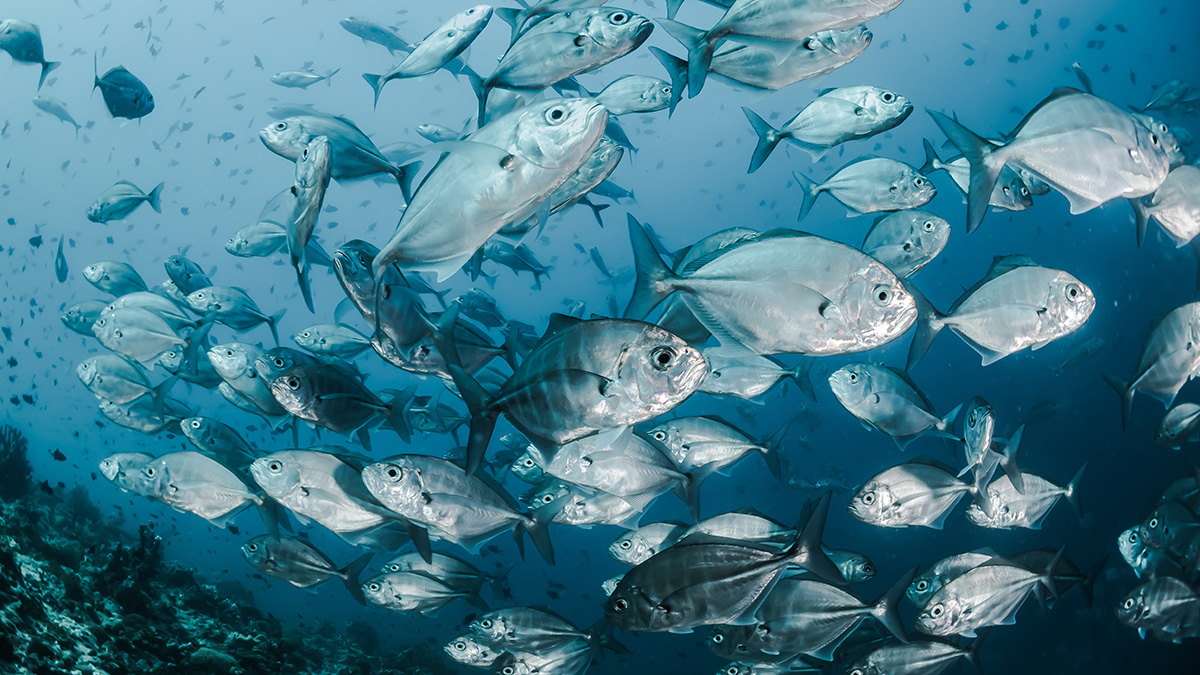A rediscovered catalog of sockeye scales gave researchers access to century-old fish DNA.
fish
River Damming: How it Harms Fish and What Can Be Done
The severe impacts of river damming on fish habitats have aroused widespread attention, prompting major conservation measures to help mitigate these negative effects.
Flash Floods May Support One of the World’s Rarest Fish
Only a few hundred Devils Hole pupfish live in an isolated pool in the desert, where occasional floodwaters roil their habitat.
Connecting the Dots Between Geohealth Research and Health Policy
Geohealth research is typically focused on environment-health impacts, but including physical and social mechanisms, and health and non-health trade-offs, can result in better policy benefits.
Hypoxia Affects One in Eight Rivers Worldwide
A global study found dangerously low levels of dissolved oxygen in rivers around the world. The true prevalence of hypoxia is probably even higher.
In New Zealand, Fish Are Helping Scientists Find Gold
Enormous amounts of gold lie buried beneath the rubble of New Zealand’s mountains, and scientists are using freshwater fish genetics to find it.
Tiny Creatures May Play a Difficult-to-Detect Role in Ocean Mixing
As an idea that began as a joke, critter-driven ocean mixing has long been controversial. Now scientists have caught spawning anchovies causing turbulence and stirring the sea.
Ancient Fish Thrived During a Period of Rapid Global Warming
Teeth and scales preserved in marine sediments suggest that fish thrived during one of Earth’s fastest-warming periods.
Sinking Fish May Fast-Track Mercury Pollution to the Deep Sea
Isotopic analysis indicates that mercury found in deep-sea organisms may have an origin in carrion from near the surface.
Los Costos Ecológicos de Remover las Plataformas Petroleras Mar Adentro en California
Las plataformas de perforación de petróleo- y gas-mar adentro son hábitats ricos para peces. Eliminarlas por completo resultaría en una pérdida del 95% de biomasa de peces, revela una nueva investigación.

